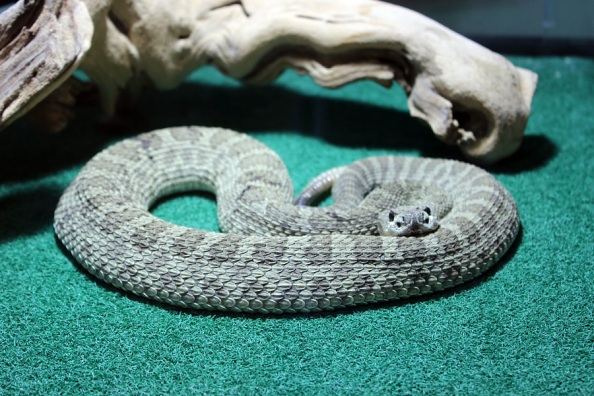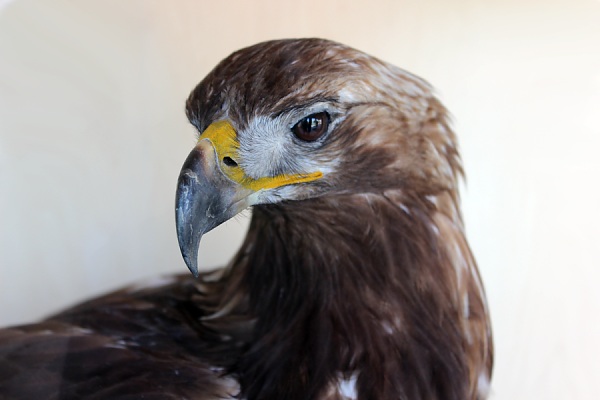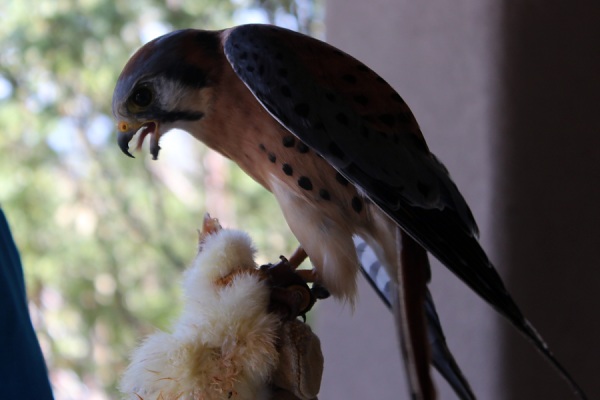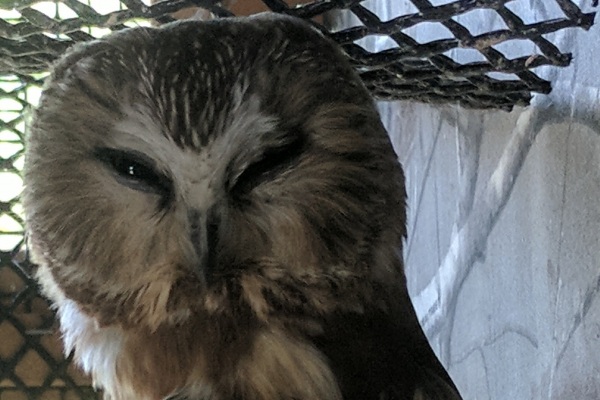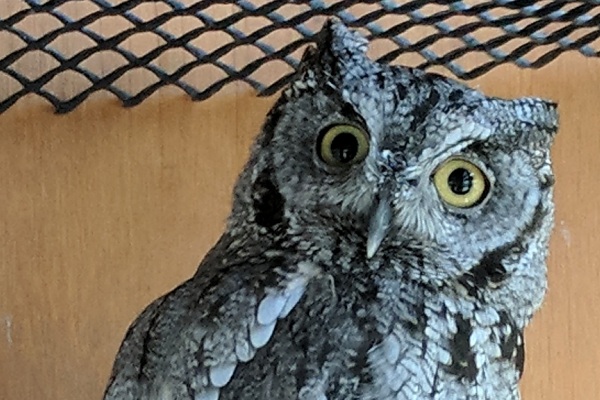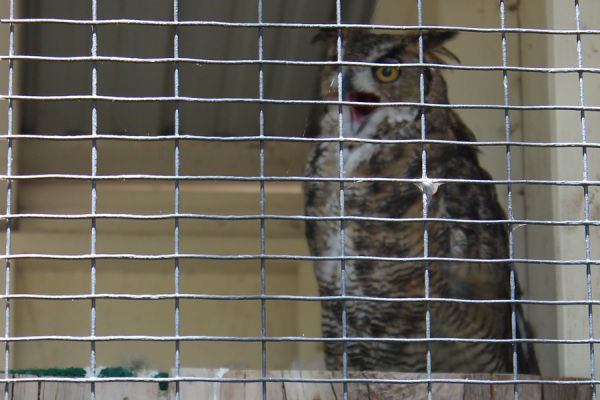New Mexico Wildlife Center, NM
New Mexico Wildlife Center, a non-profit organization, is located south of Espanola, NM. Their mission is to conserve and restore native wildlife and their habitats through action-oriented education, promotion of public awareness, strategic partnerships and responsible wildlife rehabilitation.
Founded in 1986 by Dr. Kathleen Ramsay, the Center started with the rehabilitation of birds and then later evolved to treat all species of wildlife in New Mexico. In 2004, the Center was able to acquire a 20 acre parcel just south of Espanola that was owned by the BLM. This is now the setting for the Center and contains a wildlife hospital and rehabilitation facility as well as educational space for schools and other groups and a "Wild Walk," exhibiting over 35 animals that could not be released into the wild.
Founded in 1986 by Dr. Kathleen Ramsay, the Center started with the rehabilitation of birds and then later evolved to treat all species of wildlife in New Mexico. In 2004, the Center was able to acquire a 20 acre parcel just south of Espanola that was owned by the BLM. This is now the setting for the Center and contains a wildlife hospital and rehabilitation facility as well as educational space for schools and other groups and a "Wild Walk," exhibiting over 35 animals that could not be released into the wild.
Additional Information
New Mexico Wildlife Center
19 Wheat Street
Espanola, NM 87532
(505) 753-9505➠ Google Map & Directions ➠ New Mexico Wildlife Center Web Site ⇩ New Mexico Wildlife Brochure (PDF 893 KB)
 |
➠ Return to Española Page |
 |
➠ Return to New Mexico Attractions |
Western Rattlesnake
Crotalus viridisCommonly called Prairie Rattlesnake
Napoleon's Story
Napoleon was brought to the Wildlife Center to be stitched up in 2005. He became tangled in mesh netting at the Pilar Visitors Center and sustained severe skin damage.
Golden Eagle
Aquila chrysaetosThe golden eagle is one of the best-known birds of prey in the Northern Hemisphere. It is the most widely distributed species of eagle. This Golden Eagle on display was electrocuted from a powerline.
American Kestral
Falco sparveriusThe American Kestral is the smallest falcon and most colorful bird of prey in North America. Despite being the most common falcon in North America, data collected from ongoing research studies indicate a long-tem decline of American Kestral populations in numerous regions in North America, including New Mexico. Unknown causes have contributed to an average decline of 50% across the continent since the 1960s. The public is encouraged to stop the use of rodent and insect poisons and toxins, and building nesting boxes where adequate.
Saw-whet Owl
Aegolius acadicusReider's Story
Reider was found off of Highway 599, south of Santa Fe in early 2014. She had been hit by a car and suffered head and eye trauma and left knee damage. The head injury resolved, but her damaged eye and knee weakness has resulted in her inability to be released. Reider was named after long-time NMWC volunteer Bonnis Reider who worked with many of the Center's small owls. Bonnie passed away in 2014.
Western Screech-Owl
Megascops kennicottiiThe Western Screech-Owl is common in low-elevation woodlands, deserts and urban and suburban areas of the southwest United States. Western Screech-Owls are tolerant of humans and are common in residential areas. Population generally stable but habitat destruction due to human development has significant impact in some areas, particularly riparian habitats in the southwest desert areas. Common problems include being hit by cars at night, pesticide poisoning, caught in traps and disturbance of nest sites.
Aurora's Story
Aurora arrived in October 2012 after she was found inside a fireplace in a home in Santa Fe. The bird had suffered soft tissue trauma and was missing feathers from the right metacarpus, the tip of the wing, which is needed for steering during flight. Her wing condition worsened and she was unable to grow healthy flight feathers at the injury site.
Great Horned Owl
Bubo virginanusThe Great Horned Owl is one of the largest and most common species of owl in North America.. They are aggressive and powerful. They can catch prey as varied as rabbit, hawks, other owls, snakes, and even skunks and porcupines. They are one of the owl species often called "hoot owls" for their characteristic hooting call. Despite being adaptable and common owl, Great Horned Owls, like other species of owls, often fall victim to poisoning by rodenticides and other toxic substance that have accumulated in their prey.
Bubo's Story
Bubo was brought into a wildlife hospital in Illinois as a young bird. Although raised by professional rehabilitators, Bubo never learned how to be a Great Horned Owl. When it came time to release her to the wold, she came back to the only home she had known, one with people. She had become "imprinted" on humans and would never survive on her own.
Photos by EMKotyk

